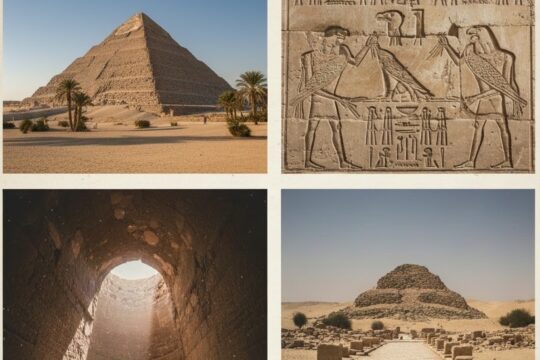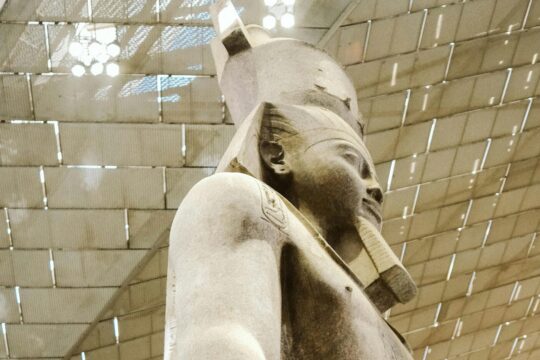
The sheer number of museums and cultural institutions in Egypt can confuse you while searching before traveling. Mind—it doesn’t have just world-class museums covering the start of history and civilizations, it also has entire museums dedicated to modern artists and cultural contributors to Egypt’s modern history.
There’s truly something for any interest—all you have to do is decide what are you looking for and how much time you are willing to dedicate to museums. We’ve got you covered no matter what you’re interested in with our list of the best museums in Egypt.
The total number of Museums in Egypt exceeds 100, and not all are open now. There is the famous, the hidden, the underrated, and the unpredictable. Let’s have a journey to discover some of the greatest museums to visit in Egypt and to see what secrets they hold.

Gayer Anderson Museum, Cairo
The most exotic and unique experience. Yes, it is my favorite! Some would describe it as a hidden gem in old Cairo. The Gayer Anderson Museum is a museum located in Cairo, Egypt. It is located in the historic Islamic Cairo section of the city and is housed in two houses that were built in the 16th century.
The museum is named for Major Robert Grenville Gayer–Anderson, an English doctor who lived in the houses from 1935 to 1942. The museum contains a collection of artifacts from the Ottoman period. These include furniture, carpets, ceramics, and other art pieces from the period. It also contains a collection of Islamic manuscripts. The museum is open to the public and is a popular tourist attraction. Visitors can tour the museum and explore the different rooms and artifacts. The museum also hosts special events, such as lectures and workshops.
There is a gift shop in the museum with souvenirs and books about the museum and its artifacts. The museum also offers guided tours, which can be booked through the museum‘s website. The Gayer Anderson Museum is a great way to learn about the history and culture of Egypt and the Islamic world. It is an important part of Cairo‘s cultural heritage and a must–see for visitors to the city.
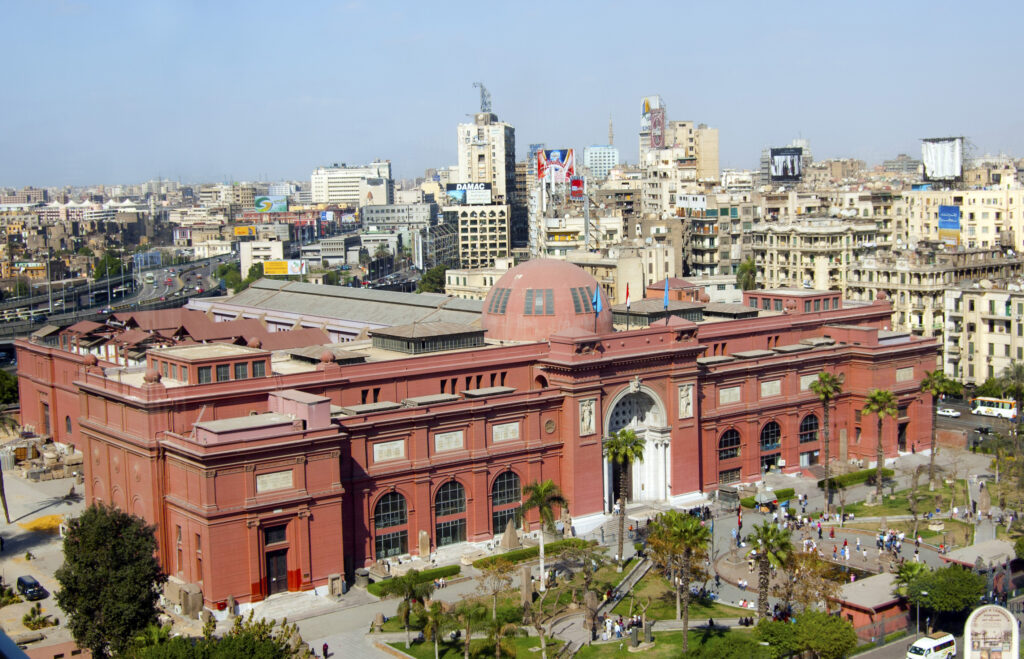
Egyptian Museum of Antiquities
Usually mistaken in movies as the Cairo Museum. Check National Treasure minute 143. The museum building itself now is a monument. The Egyptian Museum of Antiquities, located in Cairo, Egypt, is home to the world’s largest and most comprehensive collection of ancient Egyptian artifacts. The museum was founded in 1835 by the Egyptian government and was intended to serve as a national repository for the country’s ancient heritage.
The museum houses items from every period of ancient Egypt’s history, including items from the Old Kingdom (2686–2181 BC), Middle Kingdom (2040–1782 BC), and New Kingdom (1550–1070 BC). The collection includes items ranging from everyday tools and jewelry to sculptures, statues, and carvings of gods and goddesses. The museum also houses mummies, sarcophagi, and other funerary artifacts. The museum is open to the public and provides educational resources for those interested in learning more about ancient Egypt. The Egyptian Museum of Antiquities is definitely one of the best museums in Egypt and the world and it is a must-visit once in a lifetime.
Facts about the Egyptian Museum of Antiquities
- The Egyptian Museum of Antiquities, or the Cairo Museum, is an archaeological museum located in Cairo, Egypt.
- It is one of the largest and oldest museums in the world, and houses over 120,000 artifacts from ancient Egypt.
- It was established in 1858 by the French Egyptologist, Auguste Mariette.
- It is located in the historical center of Cairo, near Tahrir Square, and is home to some of the world’s most famous artifacts, such as the Great Sphinx, the bust of Nefertiti, and the tomb of Tutankhamun.
- The museum also houses a collection of papyrus and coins, as well as a library of over 30,000 books and journals related to Egyptology.
- It also contains a large number of mummies, sarcophagi and funerary objects, as well as a replica of the royal barge of Cheops.
- The museum is open to the public and is a popular tourist destination, drawing over 3 million visitors each year.
- It is also home to the Egyptian Antiquities Organization, which is responsible for the preservation and restoration of the artifacts in

The Grand Egyptian Museum (GEM)
The Grand Egyptian Museum is an archaeological museum currently under construction in Giza, Egypt, located on the Giza Plateau on the outskirts of Cairo. It is located approximately 2 km (1.2 mi) from the Great Pyramids of Giza. The museum is planned to be the largest archaeological museum in the world. It will house most of the artifacts from the Great Pyramids and other ancient Egyptian sites, including Tutankhamun‘s tomb.
The museum is scheduled to open in 2023 and will include a research center, visitor center, and conservation center. The museum will also feature a 5,000–square–meter exhibition space, which will be the largest space dedicated to artifacts from ancient Egypt. The museum will include a virtual reality tour of the Great Pyramids, along with a recreation of the ancient city of Thebes. The museum is being built in an effort to preserve and promote Egypt‘s ancient history, and to bring it into the modern era.
Soon to be open, the grand Egyptian museum is expected to change the travel trends and tourism in Egypt. An interesting expectation, take for example Tut Ankh is globally famous for his exposed treasures at the current Egyptian Museum of Antiquities which include plenty of grand gold metacules pieces. Now and finally Psusennes I might receive higher global wow attention as his pieces will be exposed for the first time with plenty of grand pieces in silver, which was rarer in Egypt at the time, Psusennes burial is of great wealth.
Top facts about the Grand Egyptian Museum (GEM)
- The Grand Egyptian Museum (GEM) is the largest archaeological museum in the world, located close to the Giza Plateau and the Great Pyramids of Giza.
- The museum will house over 100,000 artifacts from Ancient Egypt, including 5000 items from Tutankhamun‘s tomb.
- Construction began in 2002 and is expected to be completed in 2023.
- The museum will span approximately 490,000 square meters, including exhibition space, restoration centers, storage areas, offices, and a children‘s museum.
- The GEM will feature not only artifacts from Ancient Egypt, but also interactive displays, virtual reality experiences, and 3D recreations of Ancient Egyptian sites.
- The museum will be surrounded by a desert botanical garden and is expected to attract up to 5 million visitors annually.
- As part of the museum complex, the Grand Egyptian Museum Conservation and Restoration Center will provide conservation and restoration services for artifacts from across Egypt.
- The museum is being funded by the Egyptian government and several international donors, including Japan, the United Arab Emirates, and the United States.
- The GEM will be the first museum in Egypt to be fully accessible to people with disabilities.
- The museum will also feature a cinema, library, and conference center.
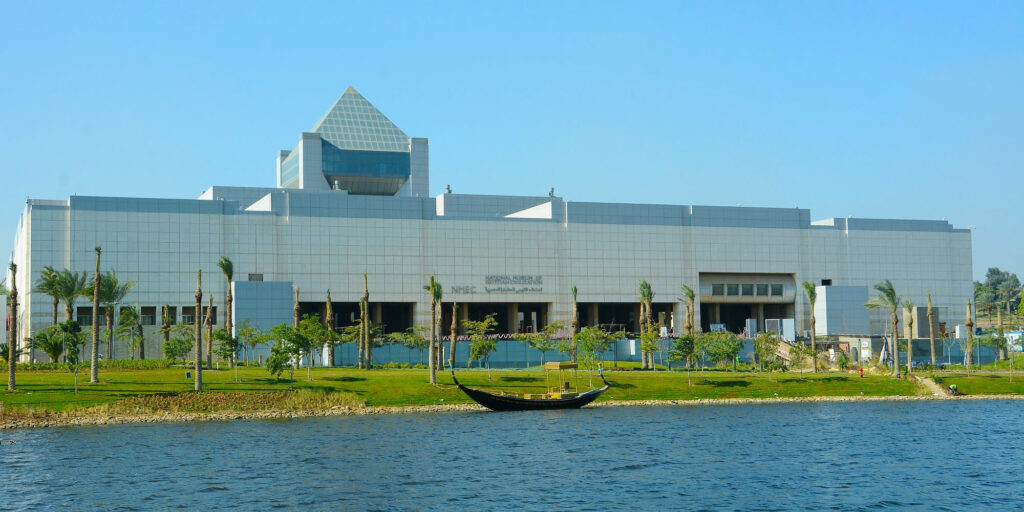
The National Museum of Egyptian Civilization
Did Ancient Egypt, also known as Pharaonic Egypt, mark the beginning of civilization? Well, that never occurred to me because such a great and developed civilization needs a lot more time to prepare the way. You don’t simply begin by constructing enormous Pyramids, developing writing and paper, and talking about human rights at the beginning of your civilization. You can learn more about the earlier and later ones by visiting this museum. Many other civilizations preceded this great one.
The National Museum of Egyptian Civilization is an archaeological museum located in Cairo, Egypt. It was founded in 2017, and houses a large collection of artifacts and relics from Ancient Egypt, including mummies, sculptures, pottery, and other artifacts from the Prehistoric, Pharaonic, Roman, Coptic, and Islamic periods. The museum also has a library, and research center devoted to the study of Egyptian civilization. The museum is a major cultural and educational resource for the country and serves as an important center for the preservation and promotion of Egypt‘s rich cultural heritage.
The National Museum of Egyptian Civilization (NMEC) is a large complex dedicated to the preservation of ancient Egyptian civilization and its artifacts. Recently, the museum houses the largest collection of royal mummies in the world, including those of Tutankhamun, Ramses II, and other pharaohs. The museum is also home to a variety of artifacts and displays, ranging from ancient tools to pottery, jewelry, papyrus, and even mummified animals. It also features interactive displays and activities for visitors. The museum is constantly being updated and modernized, making it a must–see attraction in Cairo.
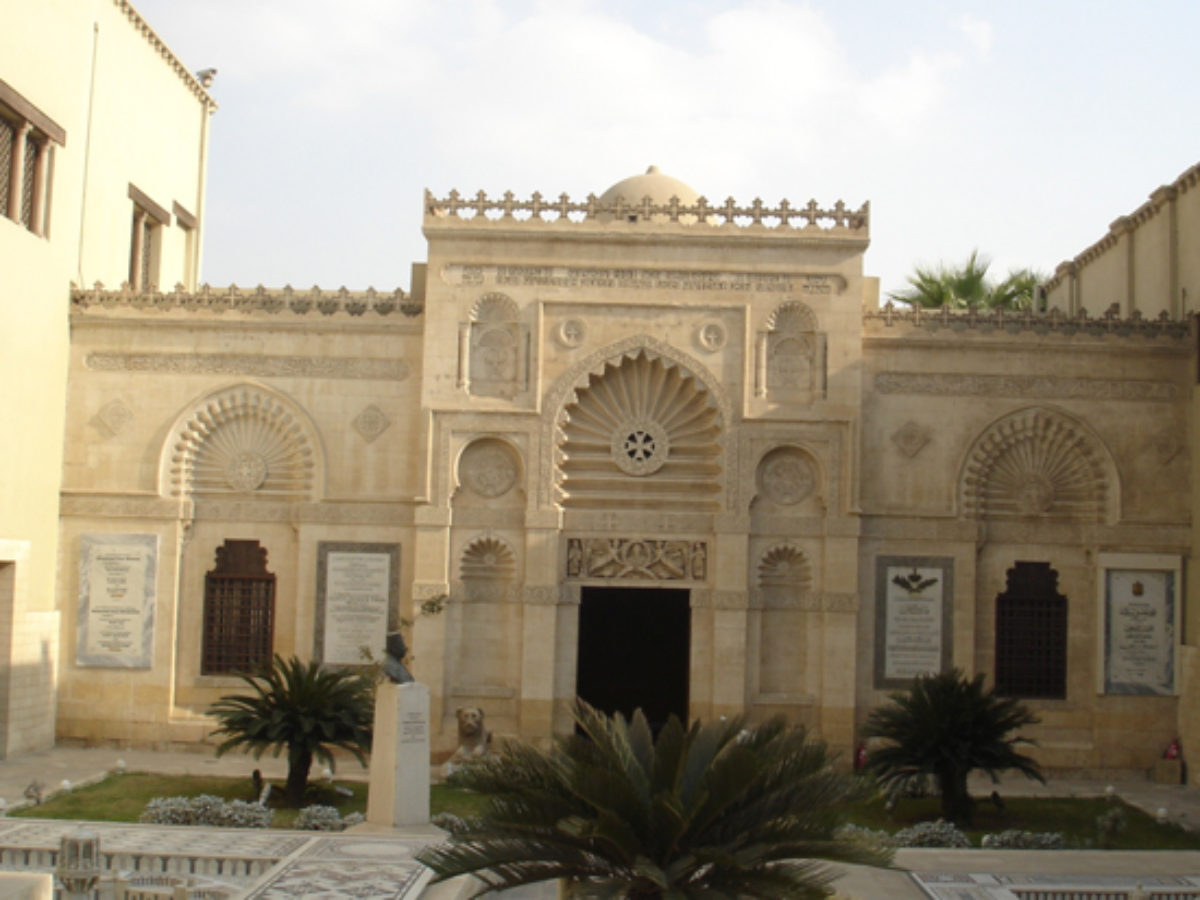 Coptic Museum – Cairo
Coptic Museum – Cairo
The Coptic Museum is located in Cairo, Egypt. It is a museum devoted to Coptic culture and history, and is the largest museum in the Middle East dedicated to this topic. The museum houses over 16,000 items, including artifacts, manuscripts, and artwork, from the Coptic period (3rd century AD to the present). The museum also houses a research library and hosts lectures and special exhibits. It was established in 1908 by Marcus Simaika Pasha and is affiliated with the Greek Orthodox Church of Alexandria.
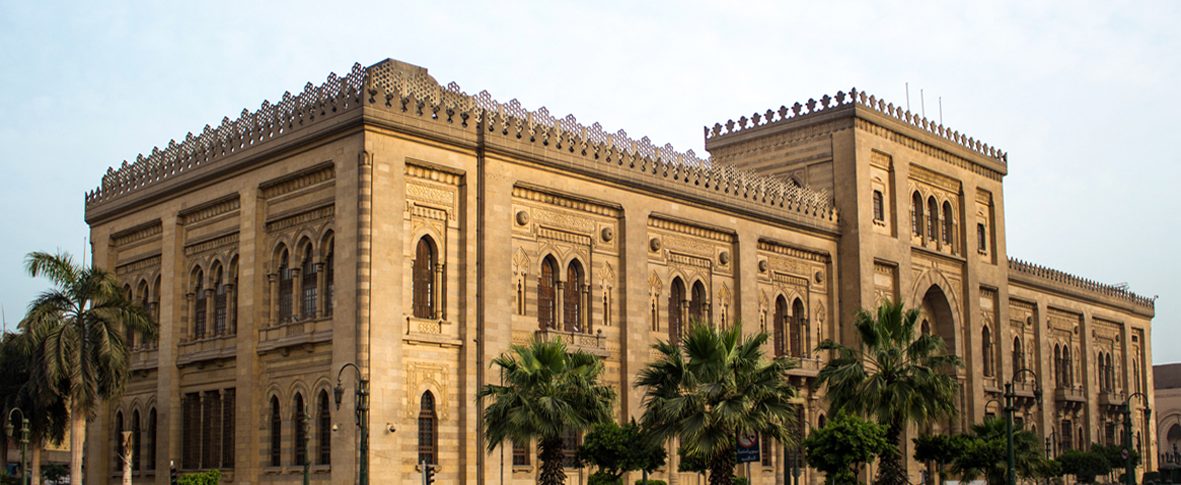
Museum of Islamic Art in Cairo
The Museum of Islamic Art in Cairo is a museum in Cairo, Egypt, dedicated to Islamic Art. It is considered one of the most important museums in the world for its collection of rare and unique Islamic artifacts. The museum‘s collection includes ceramics, metalwork, carpets, textiles, manuscripts, and paintings from the Islamic world, including Egypt, Syria, Iraq, Iran, Turkey, and Central Asia. The museum also houses a research library and a lecture hall. The museum is a popular tourist attraction and serves as a cultural and educational center for the study of Islamic art and culture.
The Museum of Islamic Art in Cairo is considered one of the largest museums in the world devoted to Islamic civilization. The museum was established in 1881, and the Umayyad dynasty in the 7th century to the Ottoman Empire in the 19th are represented in its collection. The museum relocated to its current location in Bb Al-Khalq square in 1903.
Extensively over its history, the museum has gathered a sizable collection of artifacts from nations other than Egypt, covering the majority of the key eras in Islamic history as well as most of the Islamic world’s regions. An engraved ewer, or jug, taken from a grave believed to be that of the last Umayyad caliph, Marwan II, is among the notable artifacts in the museum’s collection. It dates to the 7th century CE and is the oldest Islamic gold dinar ever discovered. Other noteworthy items include several rare Qur’ans, a restored Mamluk mosaic fountain, and the oldest Islamic gold dinar ever found.
If you visit Cairo one day, the Museum of Islamic Art is going to be one of your most impressive visits. It is one of the best museums in Egypt and holds one of the best collections of Islamic art and culture.
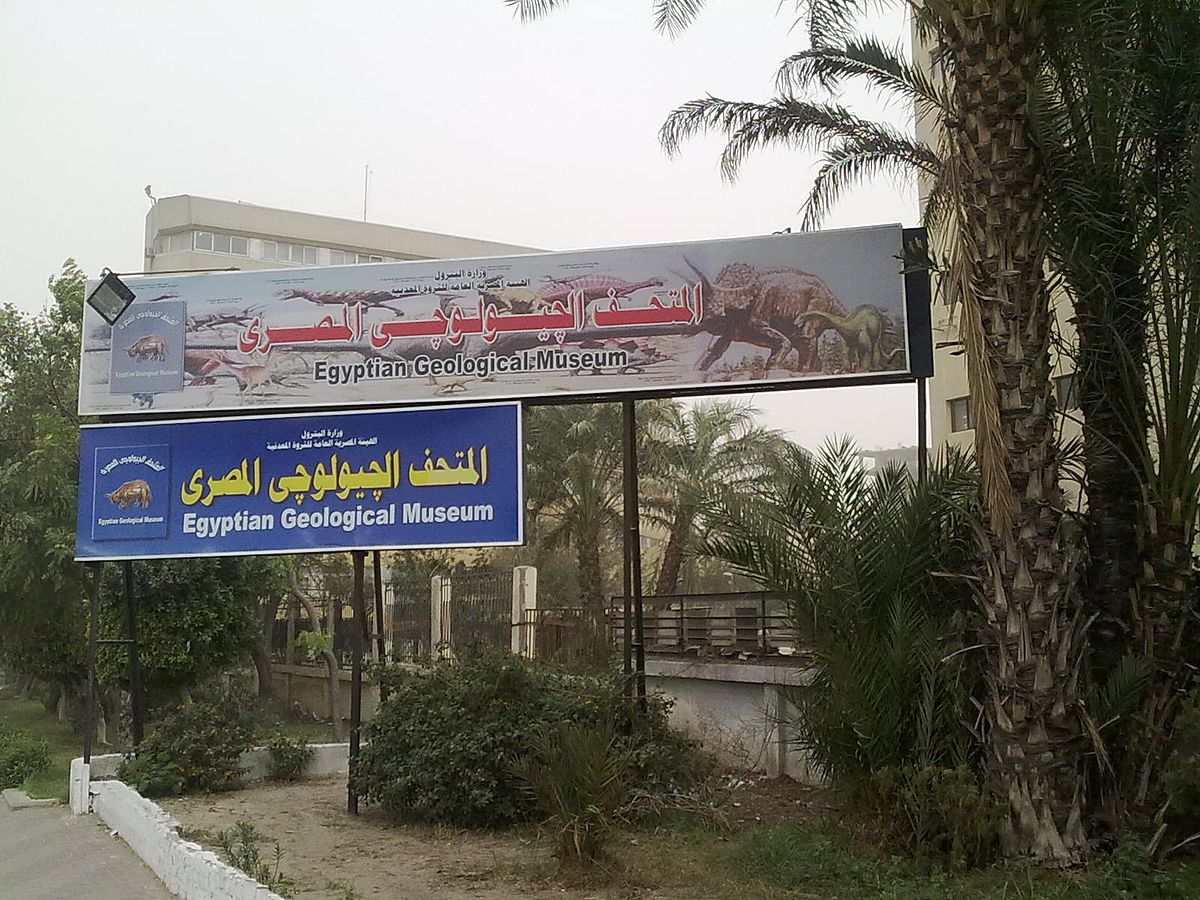 Egyptian Geological Museum – Maadi, Cairo
Egyptian Geological Museum – Maadi, Cairo
Yes, this museum will be one of the most outstanding surprises out of all the best museums to visit in Egypt. You can find a rock from the moon! In the Egyptian Geological Museum, along with the Egyptian flag, there is a box that has one of the moon rocks which have been called “goodwill moon rocks” and a note from the 37th American president Richard Nixon wrote: “This flag of your nation was carried to the moon aboard Spacecraft America during the Apollo 17 mission, December 7-1, 1972. Presented to the people of Arab Republic of Egypt from the people of the United States of America.”
Dinosaurs, Ice Ages whales, and Rooks from the Moon
Surprisingly, the above picture depicts the entrance of this phenomenal museum, and the majority of people in Cairo never knew it existed. Unfortunately, the old Egyptian Geological Museum building was burnt and since then it was hosted by the Egyptian Nile Bus Company. The Museum hosts mesmerizing rare pieces that detail life in Egypt 70,000 years BC. and a skeleton of Dinosour. Have you seen an Egyptian Dinasour before?
There is a section of the museum devoted to space. It included information on the earth’s and other planets’ layers. Parts of the asteroid that struck the earth and fell in the Eastern Desert of Egypt about 5000 years ago were kept in a glass case. Google Earth only discovered the asteroid in 2010.
The Egyptian Geological Museum is located in Maadi, Cairo, Egypt. The museum showcases specimens of rocks and minerals, fossils, and meteorites that have been collected from all over Egypt. A whale’s complete skeleton as well as the remains of enormous Ice Age creatures that once lived in the region will be on display.
The museum also offers educational programs and workshops, as well as guided tours. The Egyptian Geological Museum is a great place to learn about the geology of Egypt and its unique geological history.
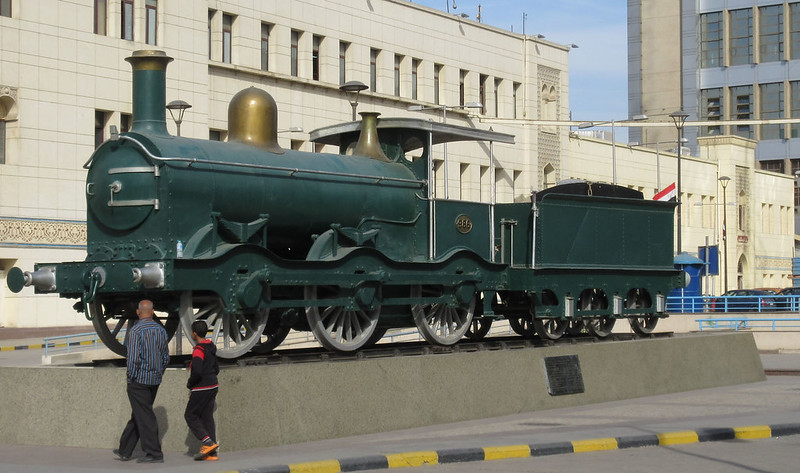 Egyptian Railway Museum – Cairo
Egyptian Railway Museum – Cairo
Egypt has been the first country in the world in many things. Yet for railroads, it was the second country in the world to build railroad. The famous old Orient Express connected Istanbul all the way to Cairo. So there was a time when you could go on one train and go through three continents; Europe, Asia & Africa.
The Egyptian Railway Museum is a railway museum located in Cairo, Egypt. It is located in the south of the Cairo Railway Station, near Ramses Station and the Nile. The museum was established in 1995 and is located in the old locomotive shed of the Cairo Railway Station. It houses a collection of locomotives, coaches, wagons, carriages, and other railway–related items. The museum also displays photographs, drawings, and documents related to the history of the Egyptian Railway. The museum is open to the public and offers guided tours.
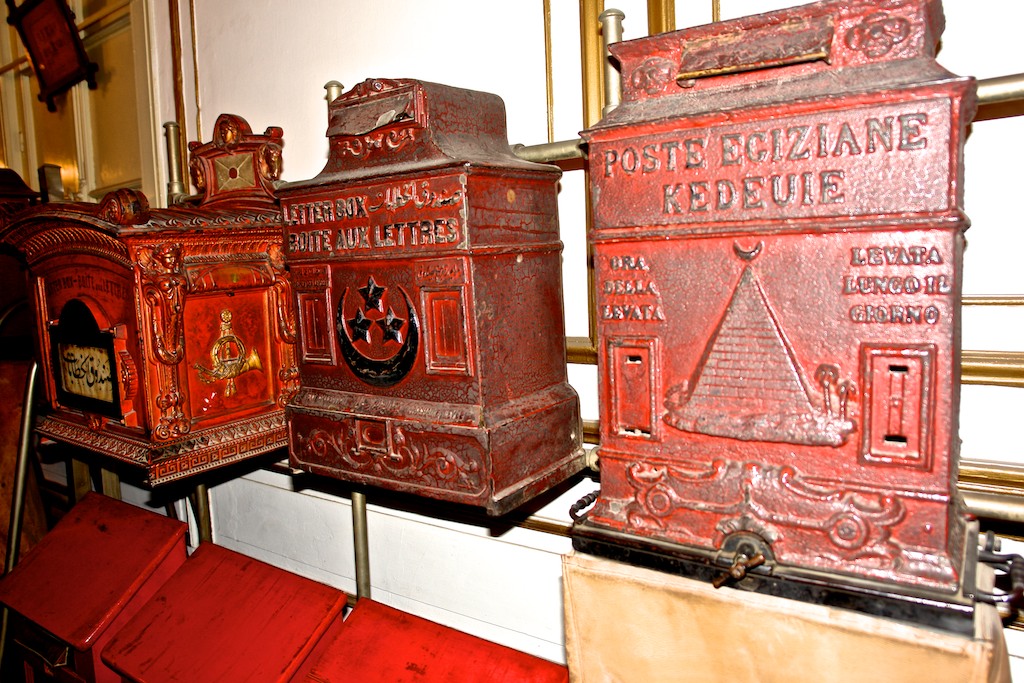
Postal Museum in Cairo
The second floor of the Central Post Office building, Al-Ataba Square, Central Cairo, houses the 543 square meter Postal Museum of Egypt. Although the museum was founded in February 1934. The postal museum features exhibits of postal artifacts, images, and documents showing various methods of message delivery in Egypt over the ages.
Visitors can view historical information, Egyptian postage stamps produced by the Egyptian postal service over the previous 150 years, postal worker uniforms, equipment, post office models, and miniature figurines of postal workers from various eras.
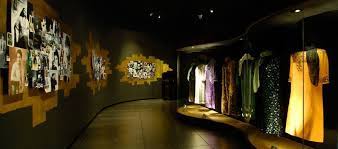 Um Kalthoum Museum – Cairo
Um Kalthoum Museum – Cairo
The Um Kalthoom Museum is located in the heart of Cairo, Egypt, and is dedicated to the life and legacy of the renowned Egyptian princess and poet Um Kalthoom. The museum was established in 1996 and houses a variety of artifacts and documents related to Um Kalthoom, including her manuscripts, personal belongings, photographs, and even replicas of her tomb. The museum also features interactive displays and educational programs about Um Kalthoom’s life and works. It is a popular destination for students, scholars, and anyone interested in learning more about this remarkable woman.
The Manial Palace Museum in Cairo
The Manial Palace Museum is a historic palace and museum in Cairo, Egypt. It is located in the El–Manial district of southern Cairo on Rhoda Island in the Nile River. The palace was built by Prince Mohammed Ali, a nephew of the Khedive of Egypt in the early 20th century. The palace is a complex of several buildings, including a museum, a library, and a mosque. The museum houses a collection of Islamic artifacts, including manuscripts, textiles, paintings, and other objects from the Middle East and North Africa. It also features a collection of Egyptian art and sculptures. The library contains rare books and manuscripts from the Middle East, Europe, and North Africa. The mosque is a small building located within the palace grounds.
Egyptian Textile Museum
The Egyptian Textile Museum is located in Cairo and is dedicated to the preservation and display of textiles from all over the region. The museum was founded in 1998 and is part of the larger Grand Egyptian Museum project. The museum features a variety of textiles from different periods in Egyptian history, from the Pharaonic era to the Islamic period. It also houses a large collection of traditional embroidery, handmade carpets, and ancient spinning and weaving tools. The museum also offers educational programs and lectures about the history and culture of Egypt’s textile industry.
The Royal Jewelry Museum in Alexandria
The Royal Jewelry Museum in Alexandria, Egypt is a museum dedicated to showcasing the royal jewelry of the Ptolemaic and Roman periods. The museum displays a collection of jewelry, coins, and other artifacts from the Ptolemaic and Roman periods. The museum also displays jewelry and artifacts from other civilizations, such as those of Ancient Greece and Rome. The museum is located in the Al–Qa‘ed Ibrahim Palace, which was built in the late 19th century by the last Khedive of Egypt. The museum is open every day except for Sundays, and guided tours are available for visitors.
Alamein War Museum – North Coast
The Alamein War Museum is a war museum located in the city of El Alamein in Egypt. The museum was established in 1990 to commemorate the battle of El Alamein, which was fought during World War II. The museum houses a variety of artifacts and exhibits related to the battle, including weapons, uniforms, vehicles, photographs, and personal items. The museum also includes a library and a theater, which show films about the battle. The museum is open to the public and admission is free.
Luxor Museum
The Luxor Museum is an archeological museum located in Luxor, Egypt. It was established in 1975 and houses a large collection of ancient artifacts from the region, including sculptures, stelae, jewelry, and other items from the period of the New Kingdom of Egypt. The museum also features a special exhibit on the ancient Egyptian religion and its gods, as well as a display of artifacts from the nearby Valley of the Kings. The museum has a beautiful interior garden and offers visitors an opportunity to view the Nile river from its rooftop terrace.
Nubian Museum in Aswan
The Nubian Museum is located in Aswan, Egypt, and is dedicated to the history and culture of the Nubian people, who have lived in the region for thousands of years. The museum was established in 1997 and features various interactive exhibits, artifacts, and art from the Nubian culture. The museum also hosts various cultural events, such as concerts and lectures. It is a popular destination for tourists and scholars alike.
Mahmoud Al-Hakim, who designed the museum, was able to create one that blended in with the area’s massive rocks, minor mountains, and bright Aswan sun. The opening of the new Nubian Museum and the exquisite architectural lines alone make a visit worthwhile. It is tucked into a hillside in Aswan and spans 50,000 square meters, with buildings that are divided into numerous sections and landscaped gardens.
The museum is regarded as a gateway to Nubia’s history, allowing visitors to comprehend the intricate past of this extraordinary region. Below each exhibit is a description note that is written in both Arabic and English. The museum’s garden, which is home to more than 80 historical statues and historical rocks, some of which are dedicated to the gods of ancient Nubia, is the first place that draws a visitor’s attention. Additionally, there are a few man-made waterfalls and lakes that depict the flow of the Nile into the Nubian lands.
This area, which is 34,000 meters in size, is used to cultivate many wild plants. Additionally, a theater in this area regularly hosts Nubian dance performances for visitors to see these distinctive folk traditions of the Nubian people. Additionally, there is a cave with prehistoric drawings.
You must make a circle to the left after entering the museum to reach the starting point of your tour, which begins with artifacts discovered in Nubia around 3500 B.C. The most significant items in this section are a paleolithic ax, an ostrich egg vessel with incision decorations, and a bone comb with two giraffes carved on the handle.
Why do you need to visit the best museums in Egypt?
Visiting museums in Egypt is an important way to learn about the ancient history and culture of the country. Museums offer a visual and educational experience that no textbook can match. By seeing artifacts and artwork that were created thousands of years ago, visitors gain a better understanding of the rich history and culture of the Egyptians. Additionally, many museums in Egypt feature interactive exhibits, which give visitors the chance to explore and engage with the past in a hands–on way. Visiting museums in Egypt is a great way to gain a deeper appreciation of the country’s past and its people.
Booking with a travel agency in Egypt has many advantages. Travel agents can provide travelers with a wealth of knowledge about the country, assist in booking a guided tour to the best museums in Egypt, hotels, and tours, arrange transportation and provide in–depth information about Egypt’s culture, history, and attractions.
They can also provide advice on safety and security, as well as help travelers navigate the language barrier. By booking with a travel agency, travelers can take advantage of their expertise and experience in Egypt to ensure a stress–free and enjoyable trip. Enjoy your trip while you visit the best museums in Egypt and contact our travel consultants for assistance.

